Home>Home Appliances>Laundry Appliances>How To Get Rid Of A Moldy Smell In A Washing Machine
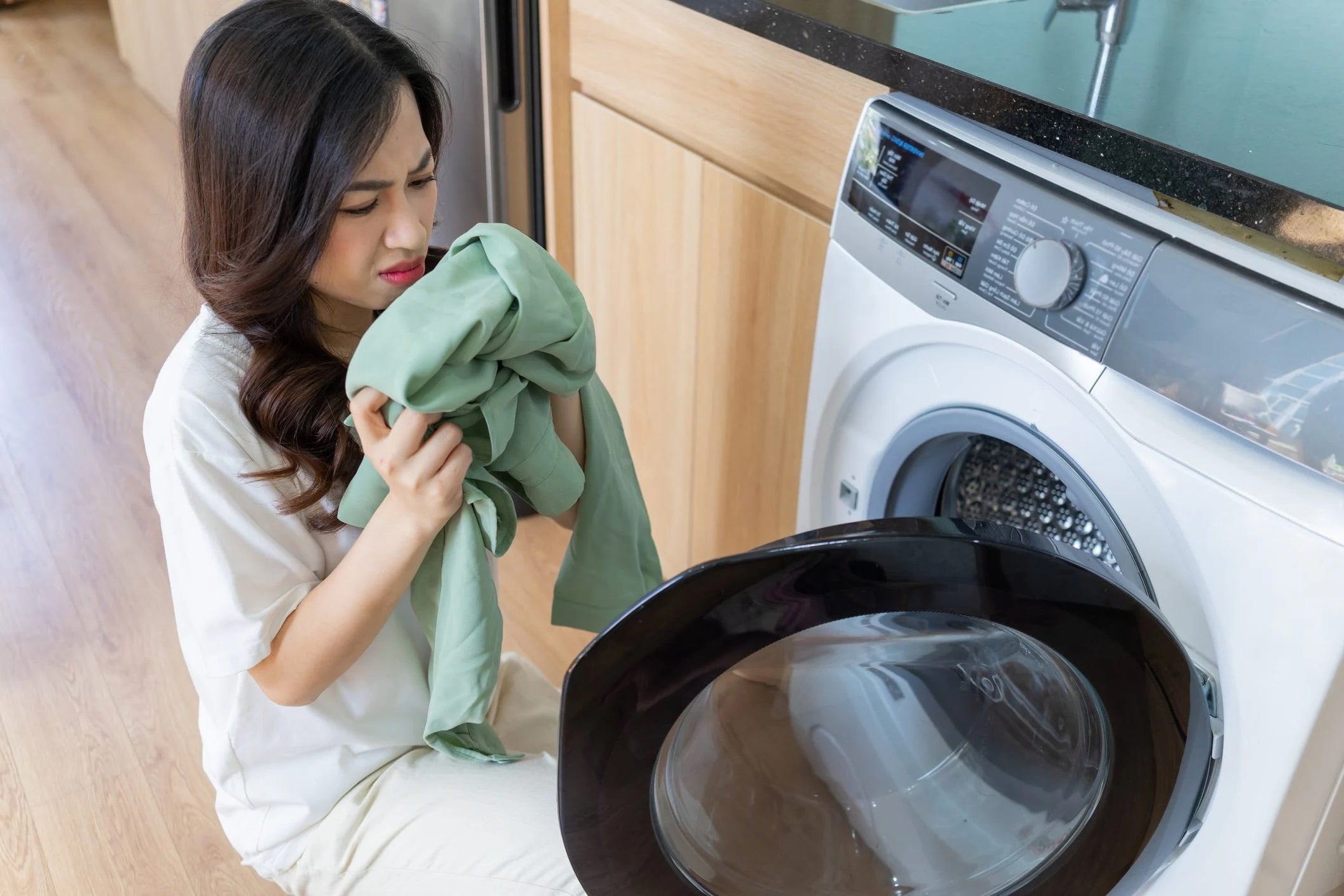

Laundry Appliances
How To Get Rid Of A Moldy Smell In A Washing Machine
Published: February 21, 2024
Learn effective ways to eliminate moldy smells from your washing machine with our expert tips. Keep your laundry appliances fresh and clean effortlessly.
(Many of the links in this article redirect to a specific reviewed product. Your purchase of these products through affiliate links helps to generate commission for Storables.com, at no extra cost. Learn more)
Understanding the Cause of the Moldy Smell
A moldy smell emanating from your washing machine can be quite unpleasant and may even transfer onto your freshly laundered clothes. Understanding the root cause of this issue is crucial in effectively addressing and preventing it. The damp and enclosed environment inside the washing machine provides an ideal breeding ground for mold and mildew, leading to the development of the unpleasant odor.
The main culprit behind the moldy smell is often the accumulation of moisture and detergent residue in hard-to-reach areas such as the rubber gasket and door seal. These areas tend to trap moisture, creating a conducive environment for mold and mildew to thrive. Additionally, the presence of lint, dirt, and soap scum can further exacerbate the problem, contributing to the formation of the musty odor.
Furthermore, the use of low-temperature wash cycles and liquid detergents, while energy-efficient and effective for cleaning clothes, can inadvertently contribute to the development of mold and mildew. The combination of residual moisture and organic matter from soiled laundry provides an optimal environment for microbial growth, resulting in the unpleasant odor that permeates the washing machine.
In some cases, the presence of hard water can also play a role in exacerbating the moldy smell. Hard water contains mineral deposits that can accumulate in the washing machine, promoting bacterial growth and contributing to the development of the musty odor.
By gaining a comprehensive understanding of the factors contributing to the moldy smell in your washing machine, you can take targeted steps to address and prevent this issue. Through a combination of regular cleaning, maintenance, and strategic usage of cleaning agents, you can effectively eliminate the moldy odor and ensure that your washing machine remains fresh and odor-free.
Key Takeaways:
- Keep your washing machine fresh by cleaning the rubber gasket and door seal regularly. Use vinegar to disinfect and remove moldy smells, ensuring your laundry stays odor-free.
- Prevent mold and mildew by maintaining a dry washing machine. Remove laundry promptly, leave the door open for air circulation, and clean the detergent dispenser and lint filter.
Read more: How To Get Rid Of Washer And Dryer
Cleaning the Rubber Gasket and Door Seal
The rubber gasket and door seal of a washing machine are notorious for harboring mold, mildew, and unpleasant odors. These components create the perfect environment for moisture and detergent residue to accumulate, providing an ideal breeding ground for microbial growth. To effectively combat the moldy smell and prevent its recurrence, it is essential to pay special attention to cleaning the rubber gasket and door seal.
Begin by inspecting the rubber gasket and door seal for any visible signs of mold or mildew. Use a clean cloth or sponge dampened with a mild detergent solution to wipe the entire surface of the rubber gasket and door seal. Ensure that you reach into the folds and crevices to remove any accumulated grime, as these areas are prime spots for mold and mildew to thrive.
For stubborn mold or mildew deposits, a solution of equal parts water and white vinegar can be highly effective. Apply this solution to the affected areas and allow it to sit for a few minutes to loosen the mold and mildew. Use a soft-bristled brush or an old toothbrush to gently scrub the rubber gasket and door seal, paying close attention to the grooves and hard-to-reach areas. This meticulous approach will help dislodge and remove any stubborn mold or mildew, effectively eliminating the source of the unpleasant odor.
After cleaning the rubber gasket and door seal, thoroughly rinse the surfaces with clean water to remove any residual cleaning solution and loosened debris. It is crucial to ensure that no cleaning agents or debris remain, as these can contribute to further mold growth and the persistence of the moldy smell.
Once the rubber gasket and door seal are clean and free from mold, mildew, and detergent residue, use a dry cloth to wipe the surfaces and absorb any excess moisture. Leaving the rubber gasket and door seal damp can promote the reoccurrence of mold and mildew, undoing your efforts to eliminate the unpleasant odor.
By diligently cleaning the rubber gasket and door seal of your washing machine, you can effectively remove the accumulated mold, mildew, and odor-causing residue. This proactive approach not only eliminates the existing moldy smell but also prevents its return, ensuring that your washing machine remains fresh and free from unpleasant odors.
Running a Cleaning Cycle with Vinegar
Running a cleaning cycle with vinegar is a highly effective method for eliminating moldy smells and disinfecting your washing machine. Vinegar, particularly white distilled vinegar, possesses natural antibacterial and antifungal properties, making it an excellent agent for combating mold, mildew, and the associated unpleasant odors.
To initiate the cleaning process, start by ensuring that the washing machine is empty. Remove any lingering laundry items and ensure that the drum is completely clear. Once the washing machine is empty, pour two cups of white vinegar into the detergent dispenser or directly into the drum. Vinegar's acidic nature works to dissolve mineral deposits, detergent residue, and mold or mildew buildup within the washing machine.
Next, set the washing machine to run a hot water cycle. The elevated temperature of the water, combined with the vinegar, creates an environment that effectively loosens and removes stubborn residues and eliminates microbial growth. The hot water also aids in disinfecting the interior of the washing machine, ensuring that any lingering bacteria or mold spores are eradicated.
Allow the washing machine to complete the full cleaning cycle, including the agitation, soaking, and rinsing phases. The combination of hot water and vinegar works to thoroughly clean and sanitize the interior components of the washing machine, effectively eliminating the moldy smell and preventing its recurrence.
Once the cleaning cycle is complete, inspect the interior of the washing machine for any remaining signs of mold, mildew, or lingering odors. If necessary, use a clean cloth or sponge dampened with vinegar to wipe down any visible areas of concern, paying particular attention to the rubber gasket, door seal, and detergent dispenser.
After the cleaning cycle, it is advisable to run an additional rinse cycle with clean water to ensure that any residual vinegar and loosened debris are thoroughly flushed out of the washing machine. This step helps to prevent the lingering scent of vinegar and ensures that the washing machine is left fresh and odor-free.
By incorporating a regular cleaning cycle with vinegar into your washing machine maintenance routine, you can effectively eliminate mold, mildew, and the associated unpleasant odors. This proactive approach not only enhances the cleanliness of your washing machine but also contributes to the longevity of its components, ensuring optimal performance and fresh-smelling laundry loads.
Run a hot water cycle with 2 cups of white vinegar to kill mold and mildew in the washing machine. Then, wipe down the drum and door seal with a mixture of water and baking soda to remove any remaining odor.
Using Baking Soda to Eliminate Odors
Baking soda, also known as sodium bicarbonate, is a versatile and natural cleaning agent that is highly effective in eliminating odors, including the musty smell that can plague washing machines. Its ability to neutralize odors and absorb moisture makes it an ideal solution for combating the unpleasant scent caused by mold and mildew buildup in the washing machine.
To harness the odor-eliminating power of baking soda, begin by ensuring that the washing machine is empty and free from any laundry items. Measure out one cup of baking soda and pour it directly into the drum of the washing machine. Baking soda's fine particles work to absorb and neutralize odors, effectively targeting the musty smell that may have permeated the interior of the appliance.
Once the baking soda is added, set the washing machine to run a hot water cycle. The combination of baking soda and hot water creates an environment that facilitates the dispersion of baking soda throughout the interior of the washing machine, allowing it to effectively neutralize and eliminate the moldy odor. The elevated temperature of the water also aids in dissolving and dislodging any residual detergent residue, mold, or mildew that may contribute to the unpleasant smell.
Allow the washing machine to complete the full cleaning cycle, ensuring that the baking soda is thoroughly distributed and given ample time to neutralize the odors. The natural properties of baking soda work to effectively eliminate the musty smell, leaving the interior of the washing machine fresh and free from lingering odors.
After the cleaning cycle is complete, inspect the washing machine for any remaining signs of odor. If necessary, wipe down the rubber gasket, door seal, and other components with a damp cloth to ensure that any residual baking soda is removed. This step helps to prevent the presence of baking soda residue that may affect the scent of freshly laundered clothes.
In addition to using baking soda during a cleaning cycle, it can also be employed as a regular maintenance measure to keep the washing machine smelling fresh. Simply sprinkle a small amount of baking soda directly into the drum between laundry loads to help absorb odors and maintain a clean, fresh-smelling interior.
By utilizing baking soda to eliminate odors in your washing machine, you can effectively neutralize the musty smell caused by mold and mildew, ensuring that your laundry loads emerge fresh and free from unpleasant odors. This natural and affordable solution offers a proactive approach to maintaining a clean and odor-free washing machine, contributing to a more pleasant laundry experience.
Maintaining a Dry Washing Machine
Ensuring that your washing machine remains dry between uses is a crucial aspect of preventing the development of mold, mildew, and the associated musty odor. By implementing simple yet effective practices, you can maintain a dry washing machine, mitigating the risk of microbial growth and preserving a fresh and odor-free laundry environment.
One fundamental step in maintaining a dry washing machine is to promptly remove freshly laundered clothes once the wash cycle is complete. Leaving damp laundry sitting in the washing machine can introduce excess moisture, creating an environment conducive to mold and mildew growth. By promptly transferring the clean laundry to the dryer or a designated drying area, you can minimize the accumulation of moisture within the washing machine, reducing the risk of unpleasant odors.
Additionally, after each use, it is advisable to leave the washing machine door ajar or slightly open to promote air circulation within the appliance. Allowing air to circulate within the drum and other internal components helps to facilitate the evaporation of any residual moisture, preventing the buildup of dampness that can contribute to mold and mildew formation. This simple practice can significantly aid in maintaining a dry and odor-free washing machine.
Regularly inspecting and cleaning the detergent dispenser and other compartments is also essential for maintaining a dry washing machine. Over time, detergent and fabric softener residues can accumulate in these areas, creating a potential breeding ground for mold and mildew. By routinely removing and cleaning these components, you can prevent the buildup of moisture-trapping residues, contributing to a drier and more hygienic washing machine interior.
Furthermore, it is beneficial to periodically clean the washing machine's lint filter to ensure optimal airflow and moisture evaporation. A clogged or dirty lint filter can impede proper ventilation within the washing machine, potentially leading to increased humidity and the development of mold and mildew. By keeping the lint filter clean and free from obstructions, you can support the maintenance of a dry and odor-free washing machine.
In addition to these practices, conducting regular maintenance cycles with vinegar or baking soda, as previously outlined, can aid in maintaining a dry and fresh-smelling washing machine. These cleaning cycles help to eliminate residual moisture, detergent residues, and microbial growth, contributing to a cleaner and more hygienic appliance.
By incorporating these simple yet effective practices into your washing machine maintenance routine, you can proactively maintain a dry and odor-free appliance, ensuring that your laundry emerges fresh and free from musty odors. This approach not only enhances the cleanliness and hygiene of the washing machine but also contributes to a more pleasant and enjoyable laundry experience.
Frequently Asked Questions about How To Get Rid Of A Moldy Smell In A Washing Machine
Was this page helpful?
At Storables.com, we guarantee accurate and reliable information. Our content, validated by Expert Board Contributors, is crafted following stringent Editorial Policies. We're committed to providing you with well-researched, expert-backed insights for all your informational needs.
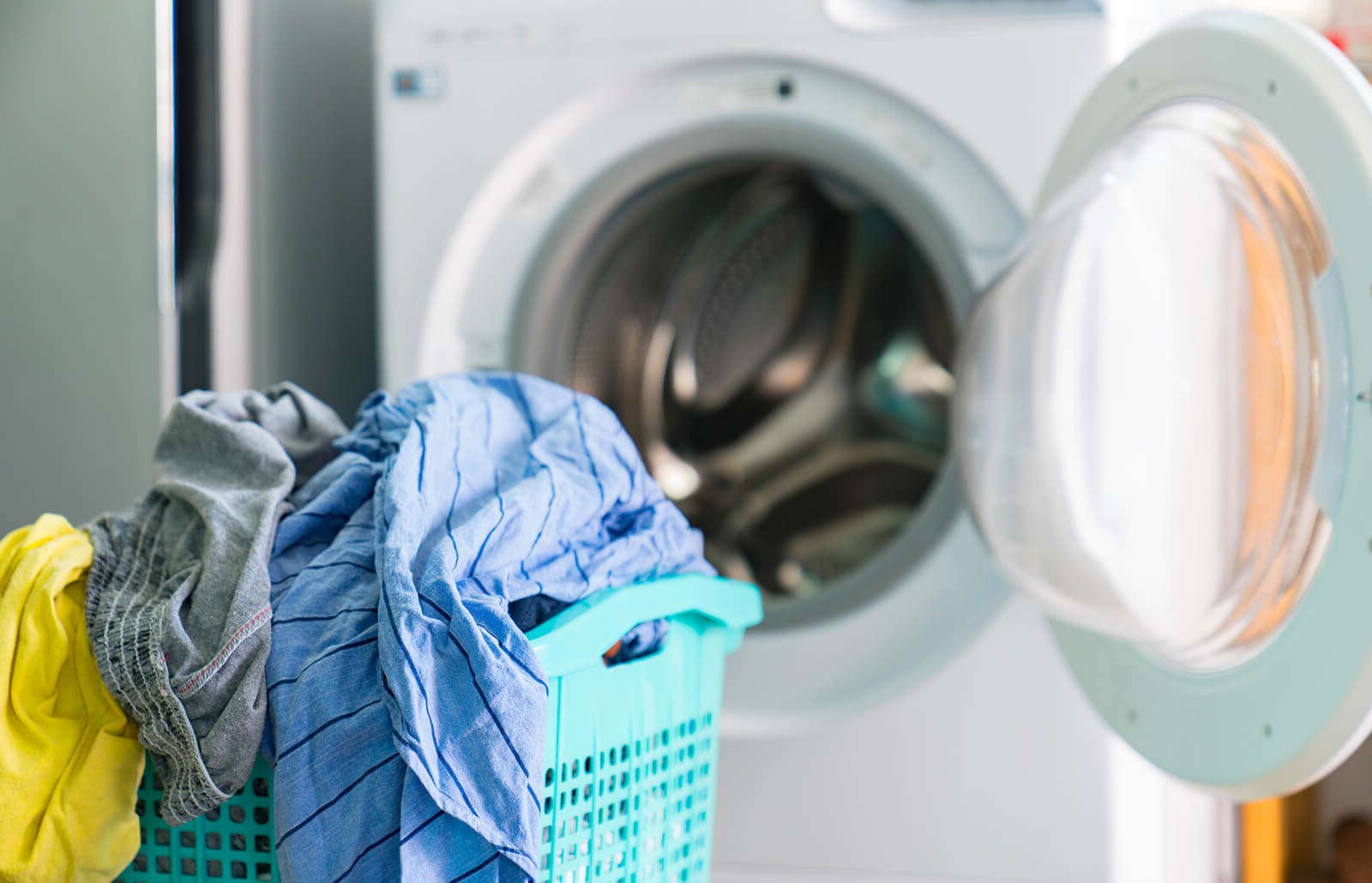
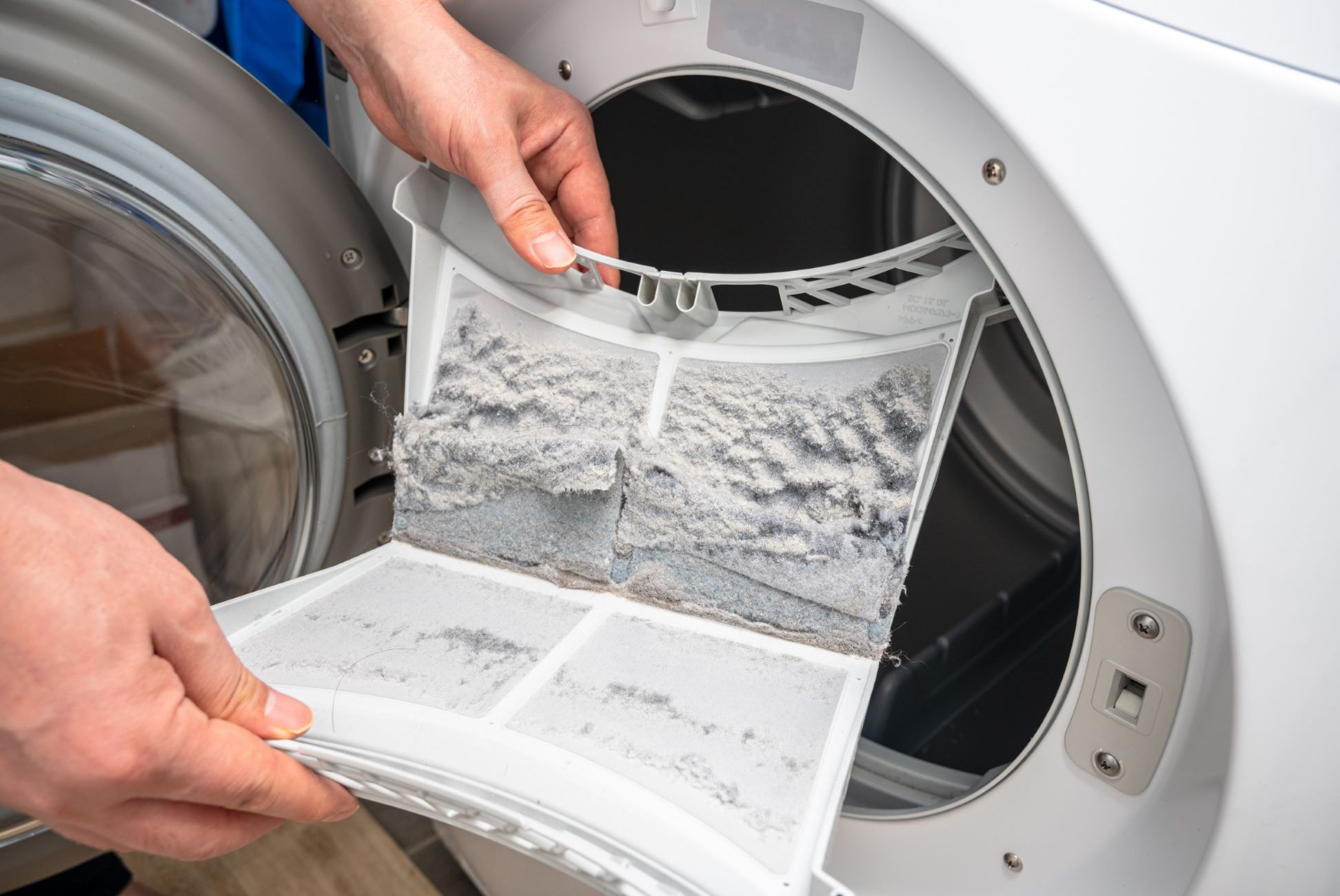
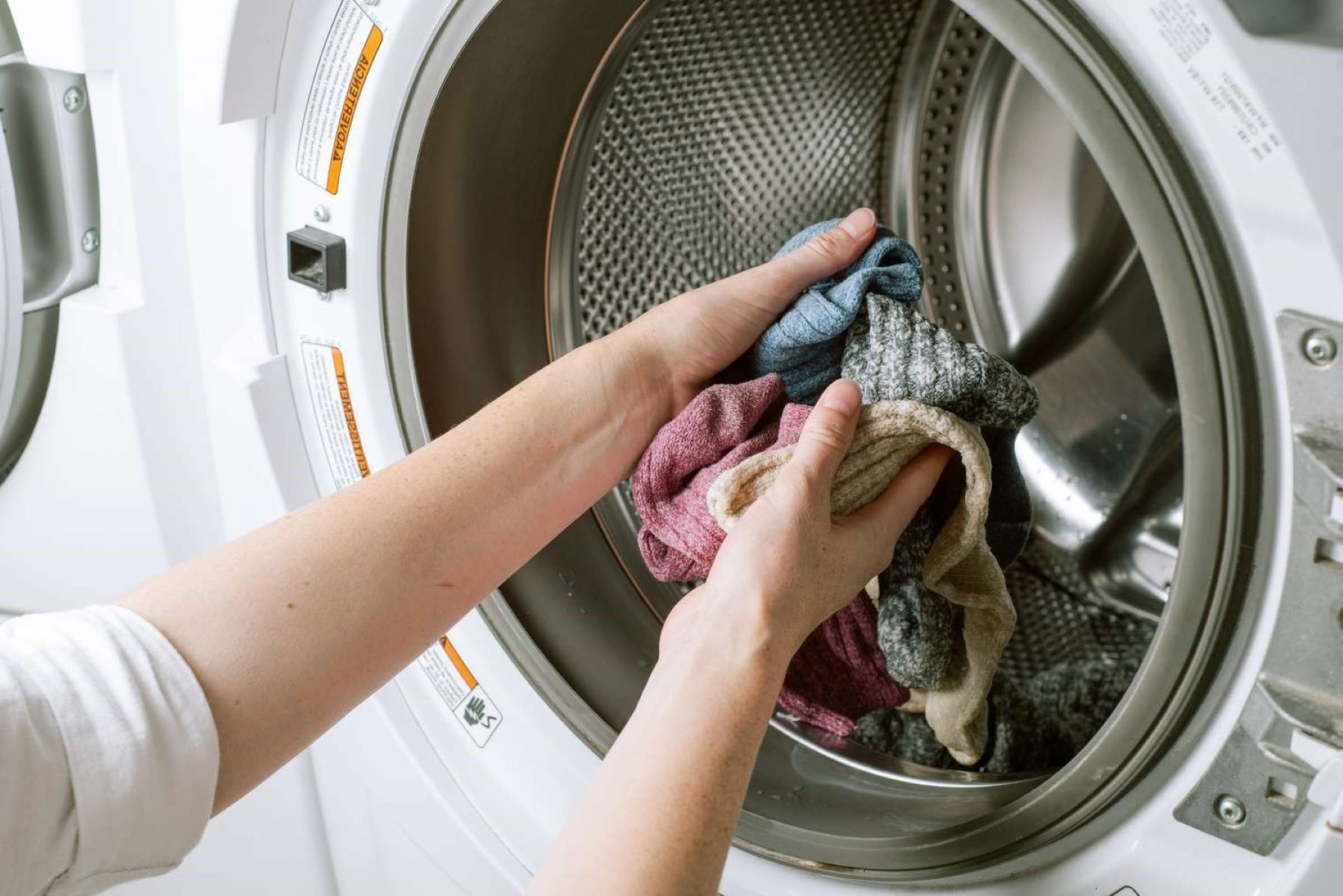

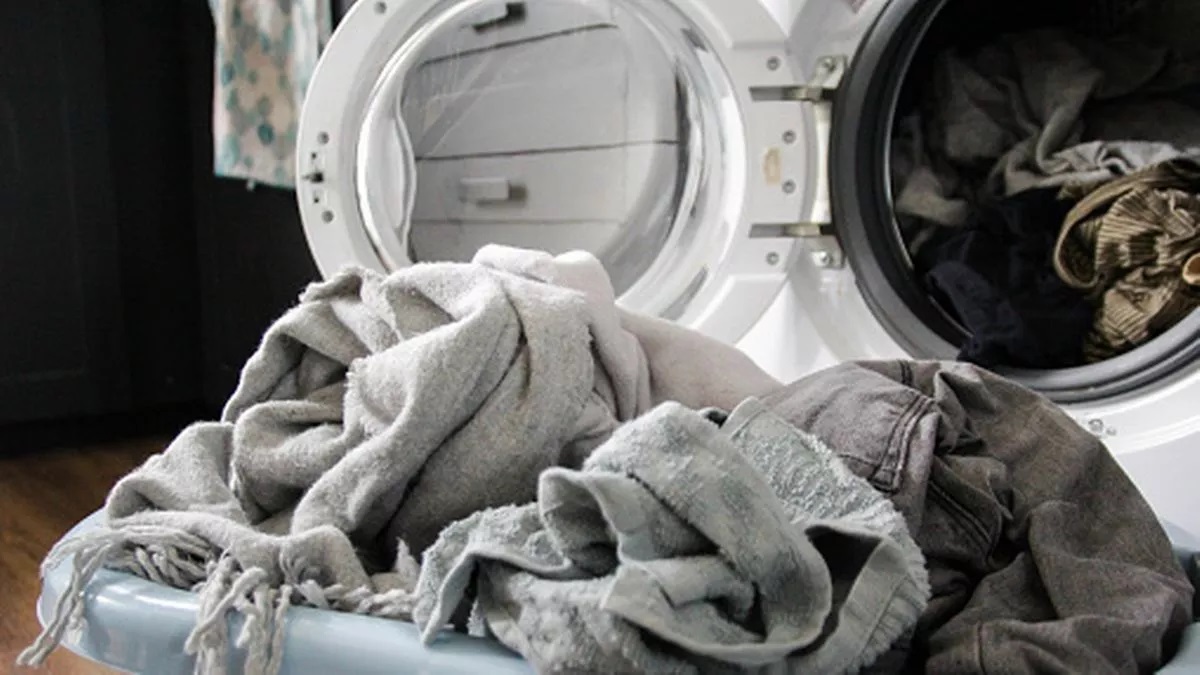


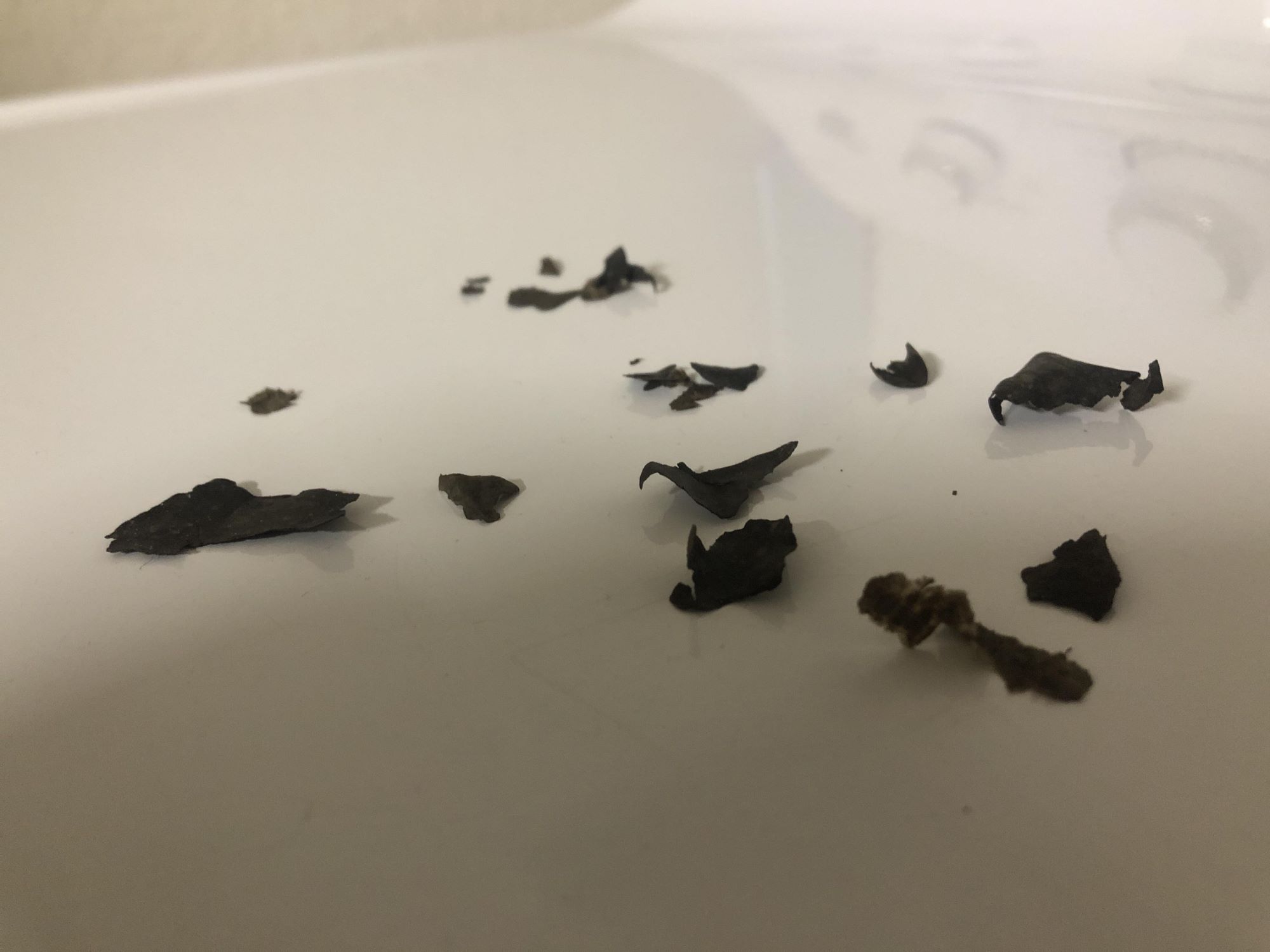

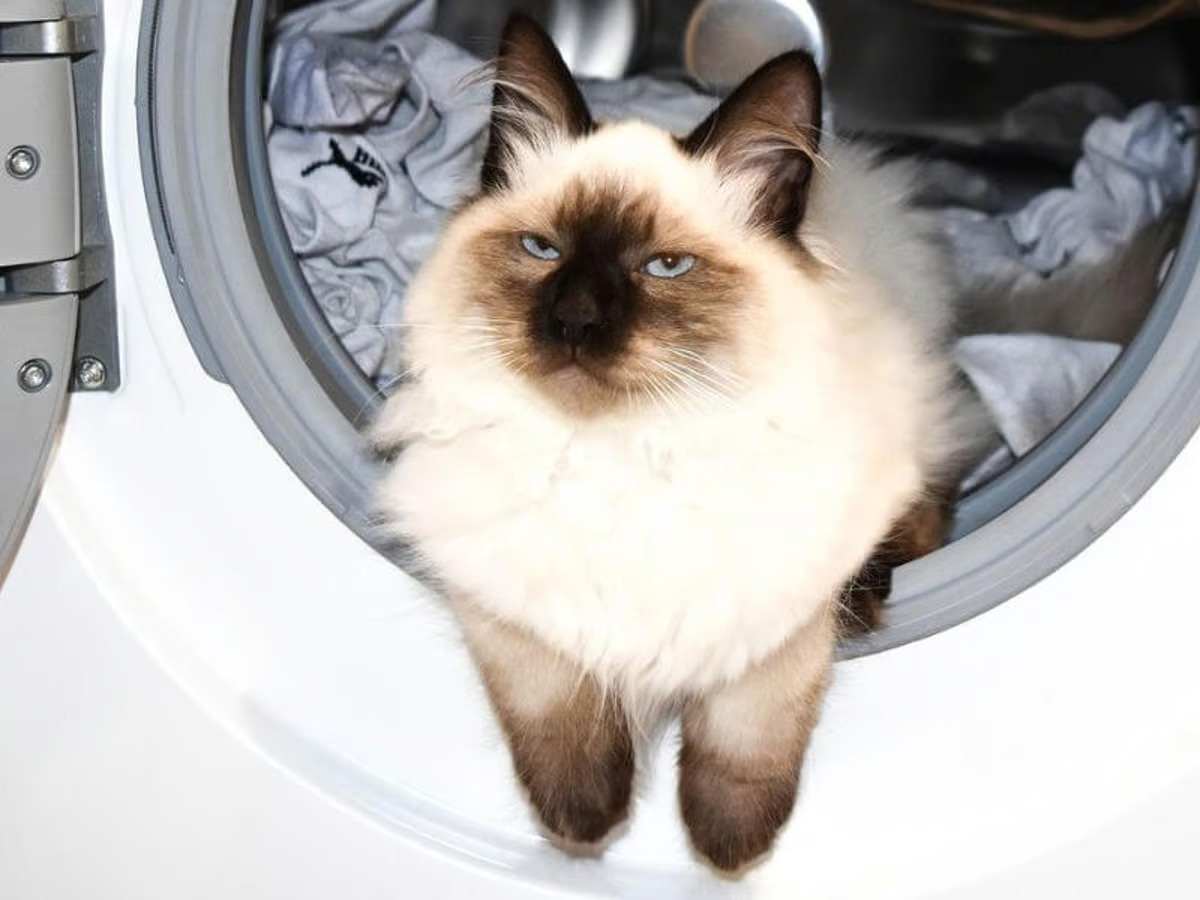




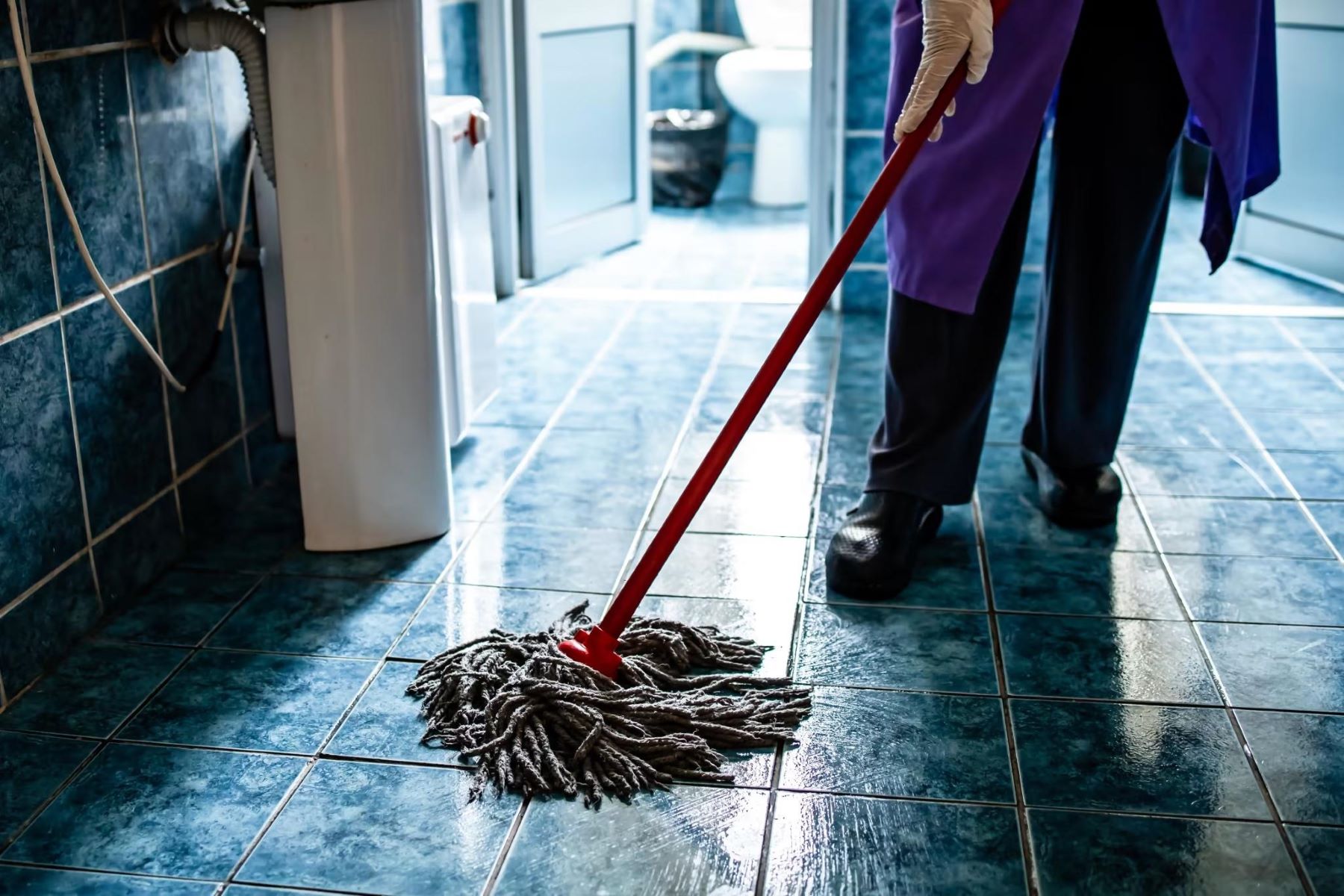

0 thoughts on “How To Get Rid Of A Moldy Smell In A Washing Machine”